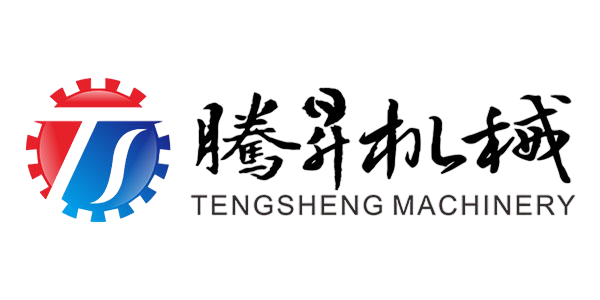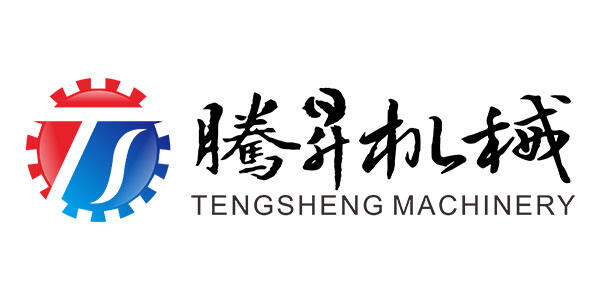The multipurpose vegetable cutter segment will continue to witness the most extensive popularity, with sales forecast to increase 8.2% CAGR through 2030, amid the increasing demand for devices capable of performing dicing, spiralizing, and julienne cutting in one single unit. This trackage upwards is featured by a 2024 market research, according to which commercial kitchens need batch processing and more people desire to save space at home. The best models today include cutting edge smart sensors that control the thickness of the blade depending on how thick the vegetables you are working with are, reducing the margin of error in food preparation by up to 27% against traditional methods. The market for U.S. automatic vegetable cutter replacements will be $1.2 billion in 2032 as the devices achieve further advancement in effect and function (Food Processing Automation Report).
Demand for fresh-processed vegetables has increased the speed of vegetable cutter acceptance, 73% of operators using the tool more than they did last year. This jibes with a 2023 consumer survey that found 58% of households now prep vegetables on a daily basis, compared with weekly before the pandemic. In plant-forward diets, where users need precision to be upheld with root vegetable spirals and cruciferous rice swaps, this tendency is even more unmistakable. With 22% increase in consumption of plant-based meals since 2020 (Health-Focused Kitchen Tech Study), the industry has followed suit with BPA-free cutting chambers and vitamin retention studies.
Though 89% of foodservice operators list labor shortages as their main driver for automation, 43% note pushback from staff worried about job loss. The typical commercial vegetable cutter now replaces 2.5 kitchen jobs yet costs $18,000 upfront. This leads to an operational tension — chains with automatic prep systems have 31% less staff turnover, but are 19% more expensive to maintain. NSF-certified models now feature built-in safety with a magnetic lid lock that decreases accidents by 67%, though 29% of operators still experience training issues with advanced slicing presets (National Restaurant Association 2024 data).
AI-driven blade adjustment systems, which change dynamically based on product characteristics have made their way to door and frame technology in latest generation, programmed vegetable cutters. Sensors determine vegetable density, moisture, and size, and adjust blade angles and cutting pressure in real time. Trials demonstrate 98% precision accuracy even with irregular shaped vegetables, eliminates kitchen staff's time of manually cutting. This smart flexibility saves the waste and over processing of more delicate ingredients such as mushrooms or tomatoes leading to ingredient cost savings.
The move to modular vegetable cutters rewrites the versatility of the kitchen. Interchangeable blades let cutters change between julienne, brunoise, batonnet, and waffle cuts in seconds with one small unit. No more swapping containers and no more stashing temporary containers in storage as this canister does double duty as a serving vessel. Tested models cut 12 different styles — crucially including spiralizers for zoodles and thick shredders for coleslaw — that reflect shifting consumer preferences for an array of vegetable formats.
It’s because manufacturers now emphasize environmental engineering, with features such as variable-speed motors and standby hibernation modes. Third party verification shows that peak model efficiency leads to 40% less energy consumption than older units—which can amount to more than $780 in savings per device (per year) for businesses. This advancement is in direct answer to new tightening NSF/ANSI energy standards. High-efficiency mod units also cut running noise pollution by 15 decibels.
Investment in tangible assets could take years to bear fruit; however, when a high-profile European machinery supplier upgraded 120 sites with a multifunctional vegetable processor, the return on investment was undeniable though it required significant capital. AI blade systems cut standard prep hours by 18 per location weekly and modular heads did away with the need for separate dicers and shredders. A perfect RAROI in 11 months thanks to the labor savings, waste shrink, and reduced utility spend. The estimated annual savings per center were greater than $52,000.
The top restaurant chains claim to save as much as 75% on prepping time with the use of commercial vegetable slicers. Automated dicing, slicing, and julienne cuts save time and labor during peak operating hours. High-speed machines let kitchens move employees to customer-facing jobs and still plate consistently. This efficiency gain is however crucial for chains that have to handle 200+ daily covers where a standardization in vegetables cut have a real impact on the service speed and perception of the quality.
High capacity vegetable cutters handles in excess of 500kg/hour in product—enough salad for 5,000 portions. That kind of throughput is ideal for high-capacity institutional kitchens, caterers, and hotel chains with narrow prep windows. Such systems allow one-shift application to seasonal product or a banquet fare of the product without the manual cutting bottleneck associated with the daily cut that otherwise requires 8-12 worker hours per facility.
Recent vegetable cutters include safety measures such as automatic blade-locking devices during servicing, emergency stop buttons, and anti-jam devices. These CE approved features cut blade-related accidents by 63% as compared with manual knife work according to EU Food Safety Authority regulations. The food-grade materials of the motor compartment and the sealed design makes harmful contaminants impossible to enter, ensuring safety both on food safety and equipment usage since you don’t need to open the cover to able to use the grinder.
The automation boom raises doubts around reduced knife skills across future professional chefs, where 42% of hospitality training courses have experienced a drop in manual cutting content. But industry data provided a different narrative of personnel repositioning, not personnel displacement: Some staff transferred onto value-added tasks such as recipe development reportedly experience 22% greater employee retention. This transition both serves efficiency needs and preserves skills by keeping hand-cutting for artistic-treatment requiring presentations while allowing cutters for bulk preparations.
Today such vegetable cutters are made of stainless steel alloys which are corrosion-resistant and can last for 15,000 working hours before a part replacement. This longevity is thanks to a high-grade set of advanced nano-coated blades with 47% less friction than carbon steel models. A 2024 machining optimization test determined that the coatings reduce tool wear by 32 percent, which supports chains in keeping sharp cutters cutting through 3-5 maintenance cycles per year rather than monthly servicing.
Laser blade alignments now index ± 0.1 mm accuracy cutting to eliminate produce shredding with batch cuts. This accuracy cuts annual vegetable waste in commercial operations by 36 per cent, meaning 12 tonnes of good, useable material per 500kg/hour machine can be recovered. Operators report more consistent yields when producing odd-shaped vegetables such as knobby celery root or tapered carrots.
Third-generation cutters feature CIP (Clean-in-Place) technology that completes sanitation cycles in 8 minutes versus 35-minute manual scrubbing. Automated nozzle arrays remove 99.8% of food residues while using 22% less water than older spray-bar designs. Large-scale caterers utilizing this technology reallocate 3.5 full-time staff hours daily to value-added tasks instead of equipment maintenance.
More than two-thirds of 2024 industrial cutter sales included interchangeable blade cartridges for julienne, waffle and spiral cuts. Adaptor plates that includes 3D-printed versions that can now be purchased from a manufacturer allow for things like support old cutting systems. This modularity enables processors to transition from fine herb slicing to heavy root dicing in the course of a single production shift with no changeover.
NSF certification is the gold standard for commercial vegetable cutters, which require well-defined safety standards and debris-fighting designs. food-grade stainless steel with a smooth nish that stops bacteria growth as a smoothly nished, food-grade stainless steel, and 92% of units used in commercial kitchens must be product certi ed by such for purchase (NSF International 2023). The regulations also mandate blade-guard systems and emergency shut-off systems, addressing 67% of kitchen injuries that can be prevented by improper equipment operation. Among foodservice institutions, manufacturers who prioritize NSF certification realize a 23% faster adoption rate compared to non-certified competitors.
The multipurpose vegetable cutter segment is expected to grow at a CAGR of 8.2% from 2023 to 2030, driven by increasing demand for multifunctional devices.
Health consciousness is driving a 34% market expansion due to increased demand for fresh-processed vegetables in plant-forward diets.
Innovations include AI-powered blade adjustment systems, modular attachments for multiple cutting styles, and energy-efficient models that reduce power consumption by 40%.
Commercial applications include 75% prep time reduction in restaurants, batch processing capabilities for large volumes, and CE-certified safety features for kitchen staff.


Copyright © 2024 Zhaoqing Tengsheng Machinery Co., Ltd all rights reserved - Privacy policy